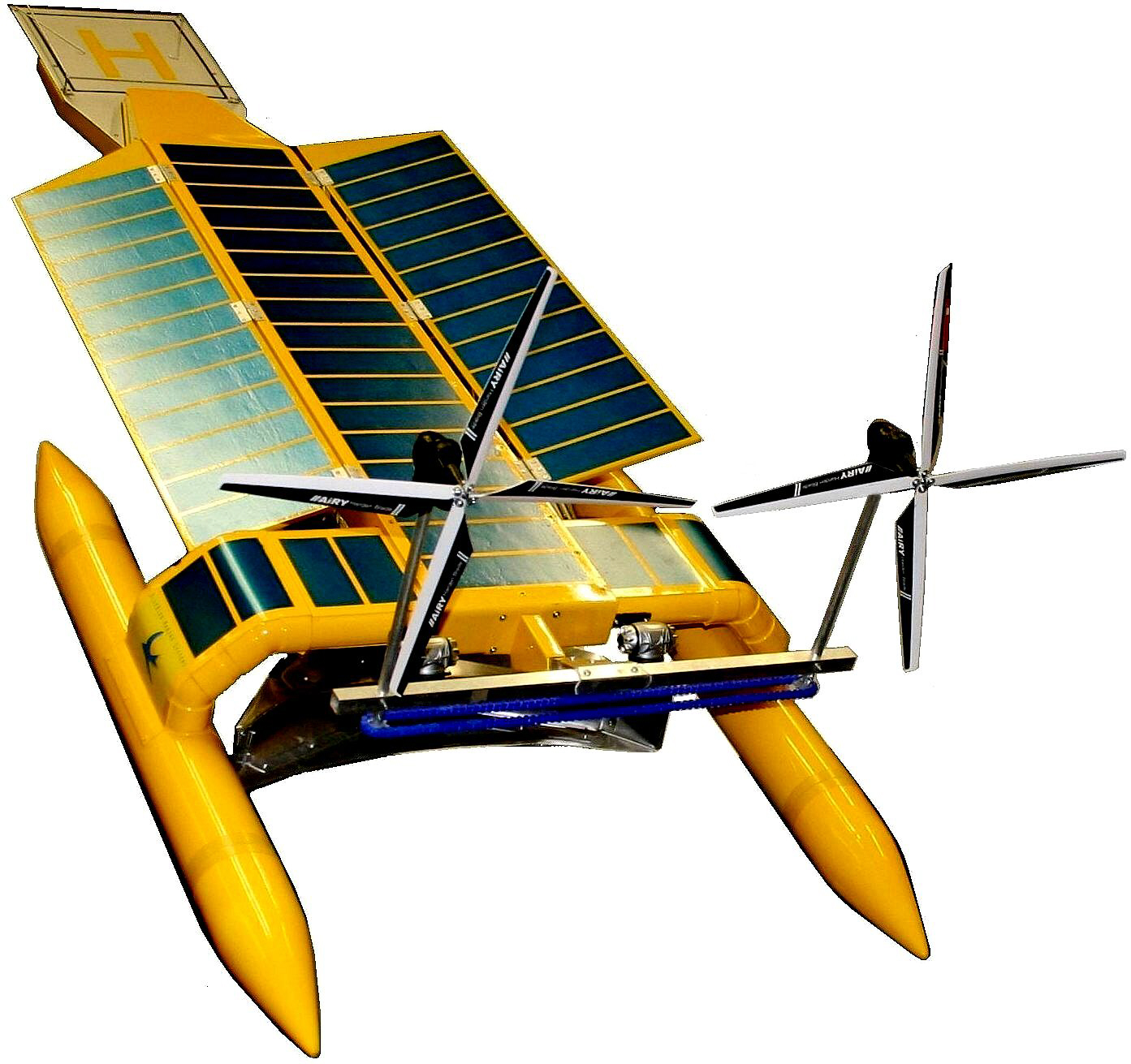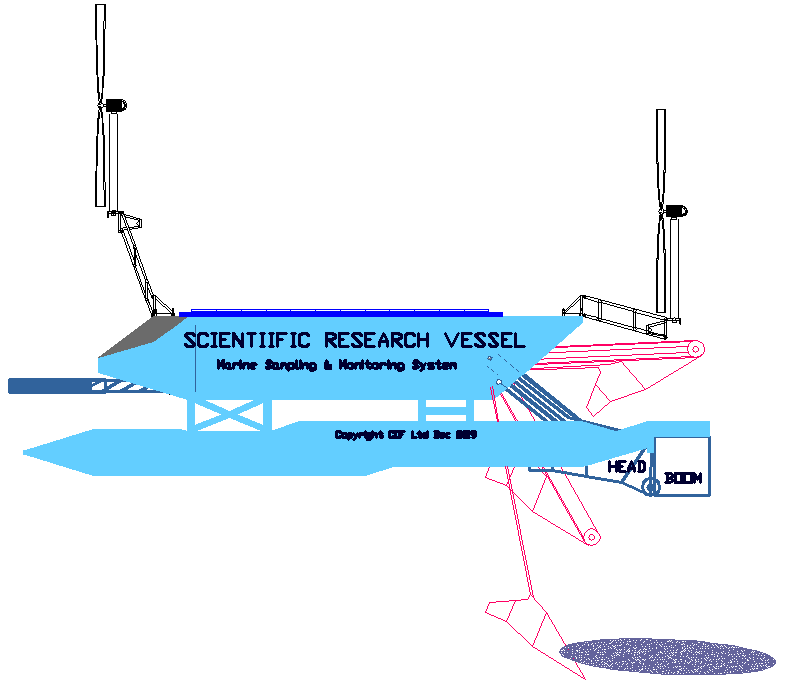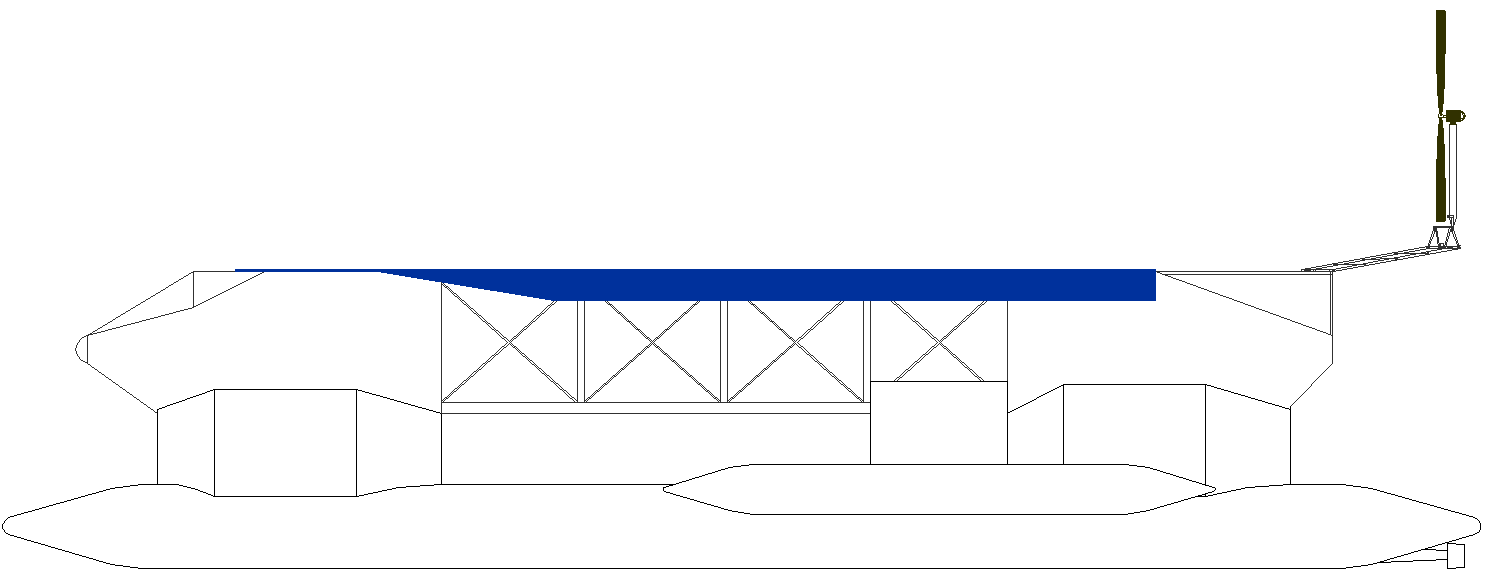|
SEA & RIVER VAXES
Please use our A-Z INDEX to navigate this site or return HOME
|
|
The Cleaner Ocean Foundation works to help protect the "seven seas" from marine litter pollution, including micro, macro plastic particles, fibres and ghost fishing nets.
What has become known as the 'SeaVax,' is either a large boat, or a small ship that was designed from a clean sheet of paper as a dedicated river and ocean cleaning, water filtration machine. To date it has only been constructed as a basic 1:20 scale model to prove it could filter plastic particles spread on the surface of our water basin in Sussex.
This model did not incorporate fishing net retrieval, or AI robotics to differentiate between flora, fauna and marine litter. Later designs were not produced as proof of concept models, though this was planned, anticipating further funding.
No less than 3 applications were made for funding with the Cleaner Ocean Foundation as a consortium member. All three were rejected by the European Commission under their Horizon 2020 research and innovation programme. This clearly signalled that such a concept was not about to be funded, despite worsening ocean pollution that threatens food security and human health from carcinogenic toxins that are bio-accumulative. We found it hard to believe that the assembled 'dream-team,' comprising engineers and scientists from 16 European organizations would be left out in the cold. All of that effort was wasted and the team disbanded, somewhat disheartened.
The European Commission must have their reasons. It cannot be Brexit, because that would be discriminatory. So, it must be that they have a better plan, or even that they like the SeaVax concept, but would prefer something similar was developed by someone else. We hope they are not just going to let the ocean become a toxic soup and let marine life suffer. We don't mind who takes up the torch, just so long as there is an action plan to take over we we left off.
It's not just the EU, the G20 might like to get in on the act, and the United Nations.
The best we can do in the circumstances is to keep lobbying, so that other conservationists might stand a chance in the future.
|
|
|
The European Commission must have their reasons. It cannot be Brexit, because that would be discriminatory. So, it must be that they have a better plan, or even that they like the SeaVax concept, but would prefer something similar was developed by someone else. We hope they are not just going to let the ocean become a toxic soup and let marine life suffer. We don't mind who takes up the torch, just so long as there is an action plan to take over we we left off.
It's not just the EU, the G20 might like to get in on the act, and the United Nations.
The best we can do in the circumstances is to keep lobbying, so that other conservationists might stand a chance in the future. We will also keep developing technology that can be utilized on SeaVax and RiverVax machines.
|
|
|
ZERO CARBON PERSISTENT MONITORING & RECOVERY - Machines like the proposed 17 meter Pilot SeaVax above could provide sufficient energy to sample the marine environment continuously, also able to transport the sensors and sampling equipment anywhere in the world without using fossil fuels. The head of this machine can be raised out of the water during transit, and lowered to 8 meters to sample microplastics near or on the seafloor or riverbeds - three example positions shown in red. It should be possible to design a head to travel to greater depths, but this will require additional R&D over and above that to achieve what is shown in principle. The turbines depicted are just examples, for example, the raised height may be increased as development proceeds as per example designs shown below and on other linked pages.
NOTE: At the moment this is just a concept, without appropriate levels of funding for research and then for development & build, ZEV research vessels like this will never become a reality. It would be a mistake to think that with a drawing like that above, that the research to make it possible has already been done. It appears from marking of H2020 applications that the EC wrongly appear to believe that the development has already been carried out. Marking is of course a grey area, if the UK's planning system is anything to go by.
|
|
|
Most of the development up to 2020 was funded by volunteers, Bluebird Marine Systems Ltd, and Avaaz crowd funding, with help from a Belgian masters degree student in 2019. Bluebird Marine Systems ceased trading in 2018 and is due to be wound up in 2020, having soldiered on bravely for as long as possible.
Be careful when starting on the first rung of a development ladder, that you have funding in place, before taking a chance on policy makers doing the right thing in good time to prevent insolvency. As a general rule, policies are 10-20 years behind the curve, which is why we have a climate crisis on our hands. Politicians push for technology acceleration that might be market ready next year, rather than support conceptual research for sustainable solutions that is only at TRL1 or below.
So as to limit wasted effort, much of the technology developed from 2016 to 2020 can be used for zero carbon boating. The original concept that gave rise to SeaVax, is now back on the cards to combat climate change, as the Elizabeth Swann.
Lessons learned from the Swann, will go to help those looking to clean the oceans in years to come.
|
|
|
ZERO CARBON - This is a draft design for the Elizabeth Swann, based on a trimaran configuration, with a central wave piercing hull and two (active) outriggers. What is a drawing today, can be a boat in the water tomorrow.
Please use our A-Z INDEX to navigate this site
|
|
|
This website is Copyright © 2020 Jameson Hunter Ltd
|


